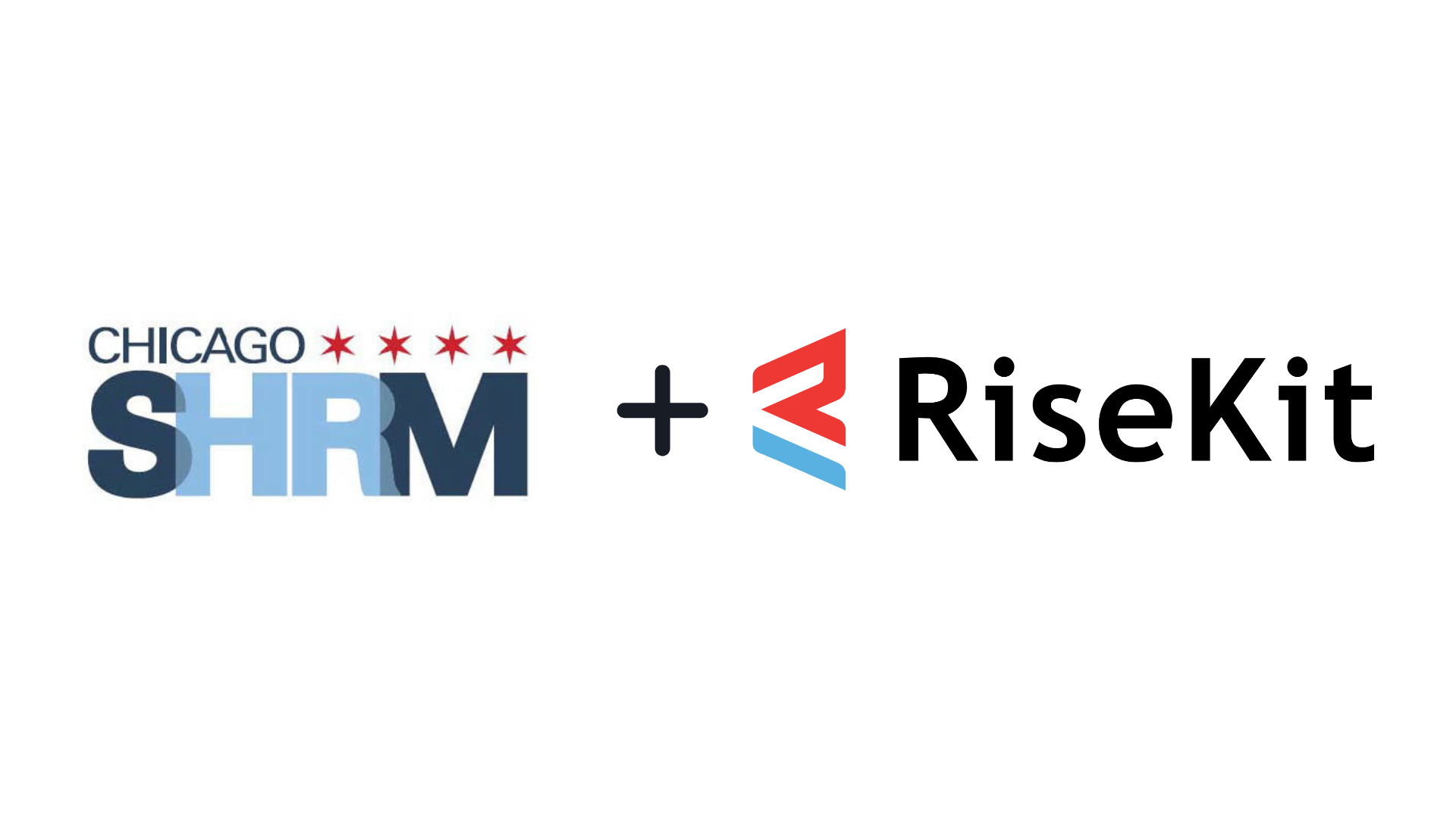The Talent Supply Chain: Rethinking How We Connect Talent with Opportunity
Published:
In today's rapidly evolving economy, the traditional approach to talent acquisition is no longer sufficient. Instead of viewing talent as a readily available resource, we need to adopt a more strategic perspective – one that recognizes the complex interplay of factors that influence the flow of talent within the workforce ecosystem.
Think of it as a supply chain. Just as businesses carefully manage the flow of goods and materials, they must also manage the flow of talent to ensure they have the right people with the right skills at the right time. This is where the concept of the talent supply chain comes into play.
Understanding the Talent Supply Chain
The talent supply chain encompasses all the activities involved in identifying, attracting, developing, and retaining talent. It's a dynamic system that connects individuals, employers, educational institutions, training providers, and community organizations.
However, the current talent supply chain often suffers from inefficiencies and bottlenecks. These challenges include:
- Skills gaps: The rapid pace of technological advancement creates a constant need for new skills, leaving many individuals and employers struggling to keep up.
- Inequitable access to opportunities: Systemic barriers and biases can prevent individuals from underrepresented communities from accessing the training and opportunities they need to succeed.
- Fragmented systems: The lack of coordination between different stakeholders in the talent supply chain can lead to duplicated efforts, missed opportunities, and a lack of transparency.
Reimagining the Talent Supply Chain: Key Strategies
To build a more effective and equitable talent supply chain, we need to rethink our approach and embrace new strategies:
- Broadening the Talent Base
Traditional talent pipelines often focus on a narrow set of qualifications and credentials, overlooking individuals with valuable skills and potential who may have gained their experience through non-traditional pathways. To broaden the talent base, employers need to:- Embrace skills-based hiring: Focus on evaluating candidates' actual abilities and competencies, rather than relying solely on resumes and degrees.
- Partner with community organizations: Tap into a diverse talent pool by connecting with organizations that serve underrepresented communities, veterans, and individuals with disabilities.
- Invest in upskilling and reskilling initiatives: Provide opportunities for current employees to develop new skills and advance their careers.
- Investing in Growing Your People
Developing a strong talent pipeline requires more than just attracting new hires. It also involves investing in the growth and development of your existing workforce. This includes:- Providing ongoing training and development opportunities: Equip employees with the skills they need to stay ahead of the curve and adapt to changing industry demands.
- Creating clear career pathways: Offer opportunities for advancement and professional growth within the organization.
- Fostering a culture of learning and mentorship: Encourage knowledge sharing and support employees in their career development journeys.
- Implementing Fundamental Supply Chain Principles
The principles of supply chain management can be applied to the talent pipeline to improve efficiency and effectiveness. This includes:- Demand forecasting: Anticipate future talent needs and proactively develop strategies to meet those needs.
- Inventory management: Maintain a database of current employee skills and competencies to identify potential gaps and development opportunities.
- Streamlining processes: Simplify and optimize the hiring and onboarding process to reduce friction and improve the candidate experience.
- Building strong partnerships: Collaborate with educational institutions, training providers, and community organizations to create a seamless talent pipeline.
The Future of Talent Pipeline Management
By rethinking the talent supply chain and embracing a more strategic, inclusive, and agile approach, we can create a workforce ecosystem that benefits both individuals and employers. This will require collaboration, innovation, and a commitment to continuous improvement.

-1.png)
-1.png)

